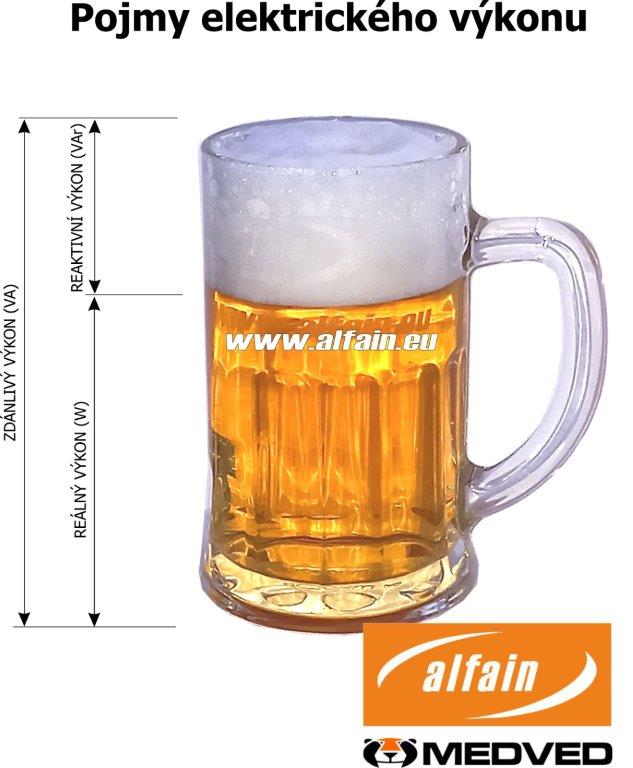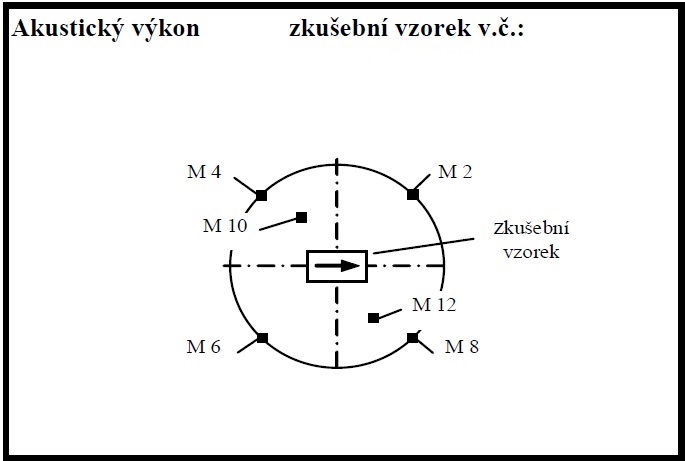Glossary of terms
AVR regulation
AVR – Automatic Voltage Regulator. Automatic regulation with a tolerance of +- 2%. If it is an appliance that you know is sensitive to voltage fluctuations (e.g. sensitive medical devices, tools with electronic control of the input voltage), you must choose the type of output voltage regulation of the generator very carefully here. You will use a generator with an AVR. It is an electronic regulation of the output voltage, which ensures that the fluctuation of the output voltage will be within a tolerance of ± 2% in the entire range (at constant load) up to the nominal power of the generator. (AVR is not necessary for PEGAS, PERUN or ALFIN welders with PFC – power factor correction, which are not susceptible to voltage fluctuations, but it is necessary to count on a power reserve of a power generator of at least 30%).
CCL compound regulation
Compound CCL regulation If you need to “spin” an asynchronous motor on a circular saw, a paving cutter, or a compressor, i.e., a device with a difficult start-up, you definitely choose a power generator with a compound transformer. These motors do indeed have a “HARD START”, but the compound transformer ensures that the central unit is able to supply a large starting current, even at the expense of the voltage drop. A lower voltage will not harm the asynchronous motor in any way. Calculate that for your “one kilowatt” motor you need 2 – 4 times its rated power in the short term. Inverter welding machines PEGAS, PERUN or ALFIN with PFC – power factor correction – can be operated without problems on power plants with compound transformers.
Capacitive CCL regulation
Capacitive CCL regulation. The last series of appliances are manual tools with commutator motors, for which the output voltage with capacitive regulation is sufficient. The power consumption of the appliance can be up to the maximum rated power of the power generator.
AVR+CCL regulation combined
It is a combination of both controls, which uses the most advantageous properties of the two previous ones. When the engine is started, it behaves like a standard CCL, i.e. it does not limit the engine start-up, and output voltage fluctuations are solved as an AVR regulation, so it is within a tolerance of ± 2% in the entire range (at constant load) up to the nominal power of the power generator.
iGX engine designation
Designation of Honda engines that are equipped with an electronic speed controller. The latter can more accurately maintain a constant engine speed even with changing load. Another advantage is the automatic choke function, even when starting without a starter battery
EFI (Electronic Fuel Injection)
Features using electronic fuel injection. The engine is controlled using an ECU control board and several sensors that evaluate the optimal amount of fuel depending on the load. EFI will increase fuel efficiency, reduce exhaust emissions and provide easier maintenance. All the good manufacturers already use it in their better and more powerful engines. The power generator maintains power and output parameters better.
Generator power
- Apparent power (Total power kVA) – the power that the generator can deliver to you if all parts are in line. For MEDVED power generator, it is indicated on the label
- Real power (Active power kW) – this is the power that the power generator is actually capable of continuously delivering in operation without damaging the power plant or connected devices
- Reactive power is everything else, and almost anything imaginable is possible here.
- A decent seller will explain everything and, if necessary, try it with a test. Starting a compressor has different power requirements than a computer, lights or a drill.
- Power factor ( cos Φ ) – it is a dimensionless quantity and is the ratio of active and apparent electrical power. In essence, it is about how much of the apparent power the machine can convert into active power.
- Power factor value ( cos Φ ) – the power factor value can be 0 to 1. For power generators, it is most often between 0.7 and 1.0
- active power = total power * cos Φ
- Both the generator and the engine must be compatible. An undersized engine cannot consistently get more power from a powerful generator, and vice versa. Therefore, the parameters of both items are important.

The maximum and nominal power are precisely specified by the ČSN ISO standards of the 8525 series.
Power generator noise
Power plants are always a source of noise. Noise measurement is a relatively difficult discipline that allows many to work “creatively” with noise. It is necessary to distinguish basic quantities
- Acoustic pressure – this is an absolute value of noise intensity, which does not say anything about audible loudness. It is given in the unit of Pa
- Sound pressure level – this is also a general measure of noise, it is given in units of Lp [dB] or as LpA [dB], which calculation is adapted to the noise perception of an average person
- Decibel – the most well-known unit for measuring sound intensity level. The unit is named after Scottish telephone inventor A.G. Bell
- Measurement of the sound pressure level – takes place on the basis of the ČSN ISO 3746 standard Determination of acoustic power levels and acoustic energy of noise sources using acoustic pressure – Operating method with the measuring envelope surface above the reflection plane.



